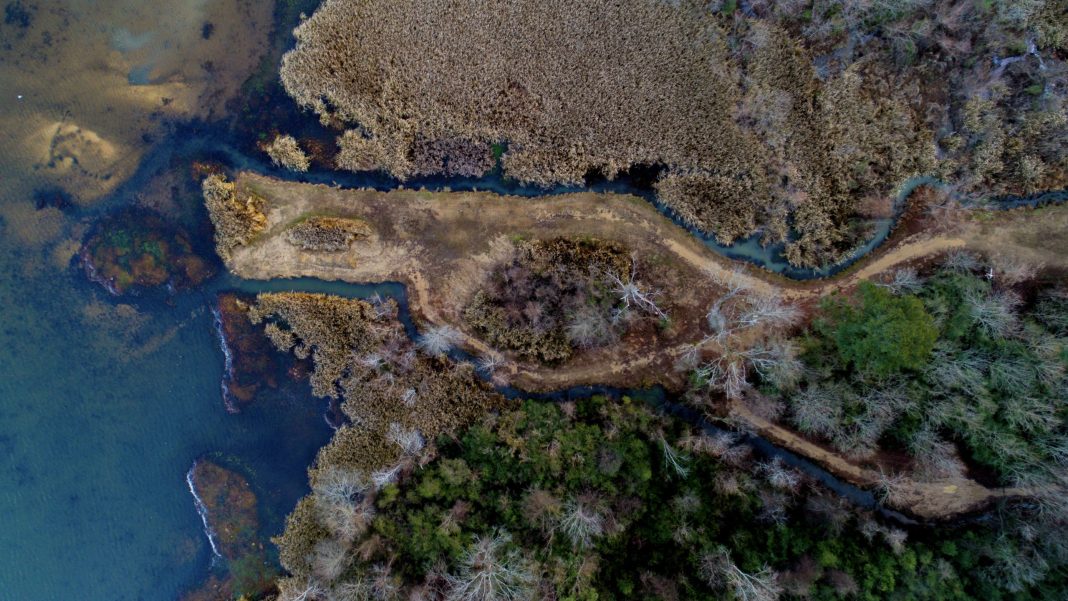When a river reaches the ocean it becomes an estuary, a place where freshwater mixes with saltwater.
Castelletto: “You’ll have wetland habitats, marshes, peatlands, swamps, your traditional swamp mangroves in certain parts of the U.S.”
Tony Castelletto is with the Center for the Blue Economy at the Middlebury Institute of International Studies.
In 2021, he studied the economic value of just six estuaries and found that they’ll provide more than a billion dollars of environmental benefits over a 30-year period.
Wetlands and mangroves act as flood barriers, protecting coastal cities from storm surges.
Estuaries also store carbon in plants and soil — keeping it out of the atmosphere, where it would contribute to global warming.
Many estuaries are threatened by development and sea level rise.
So Castelletto says that highlighting the amount of flood damage that they prevent and the value of the carbon they store could help motivate people to protect them — and help officials assess the costs of those efforts.
Castelletto: “It’s not just a matter of protecting these beautiful things because they’re beautiful. It’s a very pragmatic decision to preserve benefits and services that you’re getting right now essentially for free.”
Reporting credit: Ethan Freedman / ChavoBart Digital Media
We help millions of people understand climate change and what to do about it. Help us reach even more people like you.


